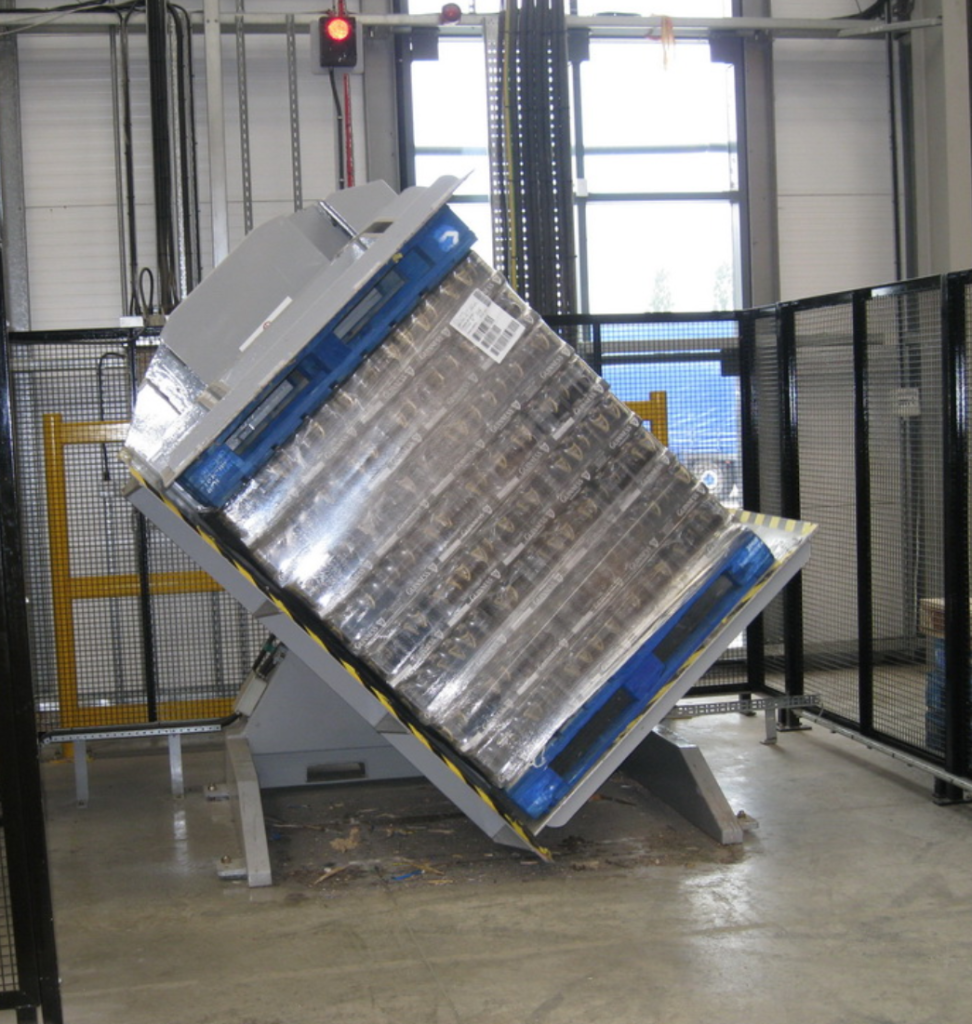
Successfully proposing a significant equipment investment, like a pallet flipping machine (also known as a pallet inverter), requires more than just highlighting its features. To gain management buy-in, you need a strategic approach that addresses executive priorities, quantifies benefits, and clearly demonstrates alignment with overall business objectives. Think of it as building a bridge between operational needs and strategic goals.
Securing approval involves presenting a compelling, data-backed case that resonates with decision-makers. It's about showing how this investment solves specific problems, improves efficiency, enhances safety, and delivers a strong return. This guide outlines the key steps to effectively build consensus and justify the purchase of a pallet flipping machine.
Framing the Investment: How a Pallet Flipping Machine Addresses Core Business Challenges
Before approaching management, thoroughly understand the operational bottlenecks and strategic challenges your organization faces. A pallet flipping machine isn't merely equipment; it's a solution designed to streamline material handling, significantly improve worker safety, and reduce operational costs. Identifying the specific pain points it resolves is crucial for a persuasive proposal.
1. Understanding Management's Perspective: Key Decision-Making Factors
1.1. Aligning with Management Priorities
Management teams evaluate capital expenditures based on core priorities. While these vary slightly, common factors include:
- Return on Investment (ROI): How quickly will the investment pay for itself and start generating value?
- Operational Efficiency: Will it improve throughput, reduce cycle times, or streamline workflows?
- Cost Reduction: Does it lower labor costs, minimize waste, or reduce expenses related to injuries or damage?
- Safety and Compliance: Does it mitigate risks and help meet regulatory standards?
- Strategic Alignment: How does this investment support long-term goals like growth, market competitiveness, or sustainability?
Frame your proposal for the pallet flipping machine around these key areas. For instance, if efficiency is paramount, quantify the time saved per pallet rotation. If safety is a major concern, highlight the reduction in manual handling risks.
1.2. Identifying and Quantifying Current Workflow Pain Points
Your strongest argument lies in demonstrating how the pallet flipping machine solves existing problems. Analyze your current processes to identify inefficiencies and risks:
- Bottlenecks: Where does manual pallet handling slow down the overall workflow?
- Labor Costs: How much time and manpower is dedicated to manually flipping or transferring loads?
- Safety Incidents: Are there records of injuries (e.g., back strain, repetitive motion injuries) related to manual handling?
- Product Damage: Does manual handling lead to damaged goods during transfer or rotation?
- Inconsistency: Does manual handling result in variable quality or process times?
Use data from your operations (e.g., time studies, injury logs, damage reports) to make these pain points tangible. Clearly articulating the current problems sets the stage for presenting the pallet flipping machine as the necessary solution.
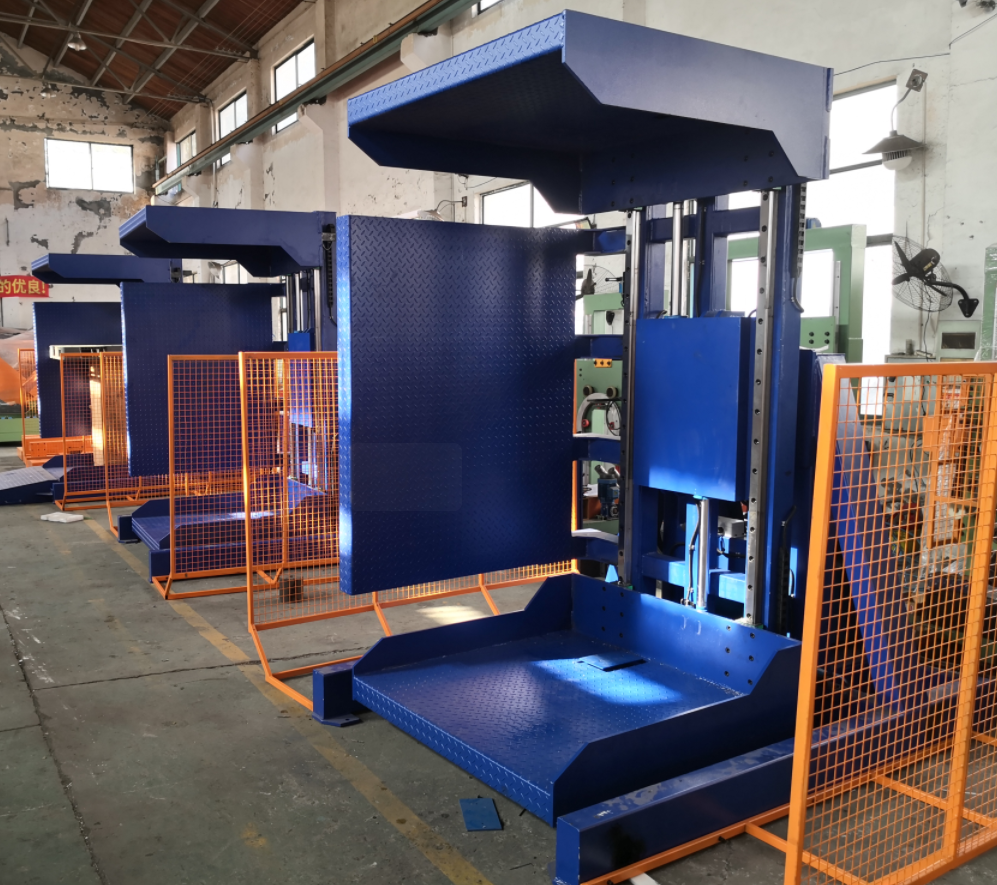
1.3. Connecting Machine Benefits Directly to Business Objectives
Explicitly link the advantages of the pallet flipping machine to broader company goals. Don't just list features; explain their impact:
- Goal: Increase Production Output. Benefit: The machine speeds up pallet handling, increasing overall throughput and capacity without proportional increases in labor.
- Goal: Reduce Operational Costs. Benefit: Automation lowers labor hours per task, minimizes product damage costs, and reduces expenses associated with workplace injuries.
- Goal: Improve Workplace Safety. Benefit: Eliminates strenuous manual lifting and turning, drastically reducing the risk of musculoskeletal disorders and related claims.
- Goal: Enhance Scalability. Benefit: Provides consistent performance, allowing operations to scale up efficiently during peak periods or business growth.
When management sees a clear connection between the equipment and their strategic vision, the investment becomes easier to justify.
2. Building a Compelling, Data-Driven Proposal
2.1. Quantifying Current Operational Inefficiencies
Hard numbers are essential for a convincing proposal. Gather specific data points:
- Time per Task: Measure the average time required for manual pallet flipping/transfer versus the machine's cycle time.
- Labor Hours: Calculate the total labor hours currently spent on these tasks annually.
- Throughput Limits: Document current maximum pallet handling rates and compare them with the machine's potential.
- Downtime Costs: Estimate costs associated with delays or stoppages caused by manual handling bottlenecks or injuries.
For example: "Manual pallet flipping currently takes 10 minutes per pallet and requires two employees. With 50 pallets processed daily, this amounts to over 40 hours per week. The pallet flipping machine can complete the task in 2 minutes with one operator, reducing weekly labor hours for this task by over 80%."
2.2. Highlighting Tangible Cost Savings
Focus on concrete financial benefits beyond direct labor reduction:
- Reduced Injury Costs: Estimate savings from fewer workers' compensation claims, lower insurance premiums, and less lost work time. Consult HR or safety records for average claim costs.
- Minimized Product Damage: Quantify the cost of goods damaged during manual handling and project savings based on the machine's gentler, more controlled process.
- Lower Recruitment/Training Costs: Reduced reliance on manual labor for strenuous tasks can decrease employee turnover in those roles.
Present these savings clearly. For example: "Based on historical data, implementing the pallet inverter is projected to reduce injury-related costs by $XX,XXX annually and cut product damage expenses by Y%."
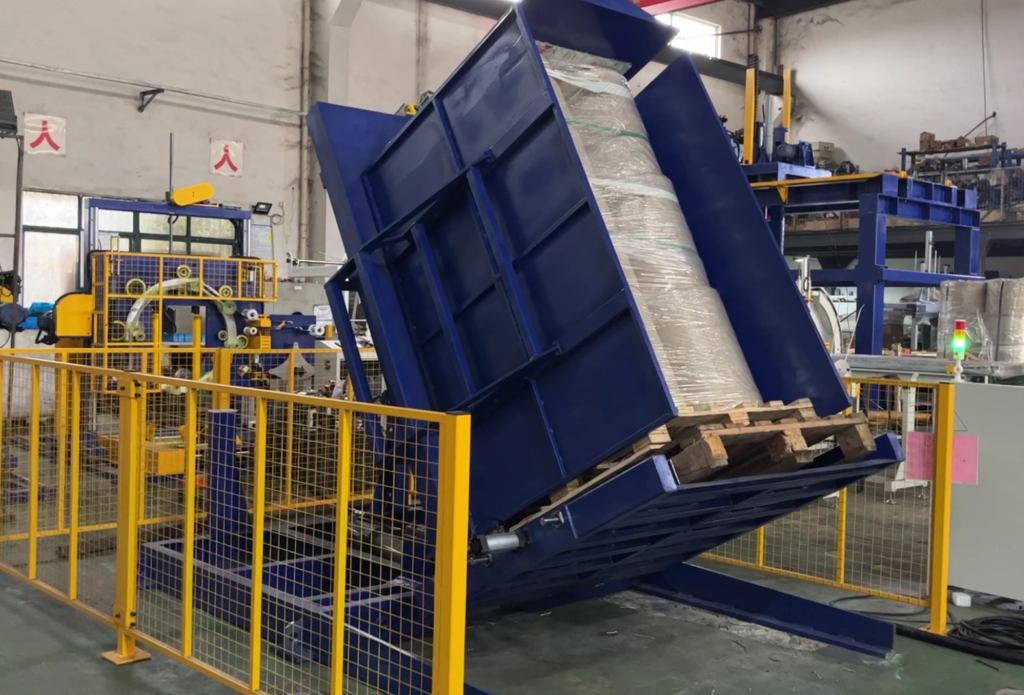
2.3. Showcasing Return on Investment (ROI) with Clear Calculations
Management needs to understand the payback period and long-term financial gain. Calculate the ROI using a simple formula:
ROI (%) = [(Total Savings - Investment Cost) / Investment Cost] x 100
Calculate the payback period:
Payback Period (Years) = Investment Cost / Annual Savings
Be transparent about the inputs: include the machine's purchase price, installation, training costs (Investment Cost), and the sum of all quantified annual savings (Annual Savings). For example: "With an initial investment of $60,000 and projected annual savings of $25,000 (from labor, safety, and damage reduction), the pallet flipping machine offers a payback period of 2.4 years and a significant positive ROI thereafter."
Consider citing industry benchmarks or case studies if available, but prioritize data from your own operations. You can find general information on calculating ROI for automation projects from reputable sources like the Material Handling Institute (MHI).
3. Emphasizing Workplace Safety Improvements
3.1. Reducing Physical Strain and Injury Risks for Workers
Workplace safety is a non-negotiable priority. Manual pallet handling often involves awkward postures, heavy lifting, and repetitive motions, leading to a high risk of musculoskeletal disorders (MSDs) like back injuries and shoulder strain. A pallet flipping machine automates these hazardous tasks.
By eliminating the need for employees to manually lift, push, pull, or bend with heavy loads, the machine significantly reduces physical strain. This directly lowers the risk of common warehouse injuries, contributing to a safer work environment and improved employee morale. Frame this as a proactive measure to protect your workforce.
3.2. Preventing Product Damage During Handling
Safety extends to the products being handled. Manual rotation or transfer can lead to dropped loads, crushing, or improper stacking, resulting in costly product damage, particularly for fragile or high-value goods.
Pallet flipping machines provide a controlled, secure, and consistent method for load rotation or transfer. This precision minimizes the risk of accidents that damage inventory, thereby reducing waste, rework costs, and potential customer dissatisfaction.
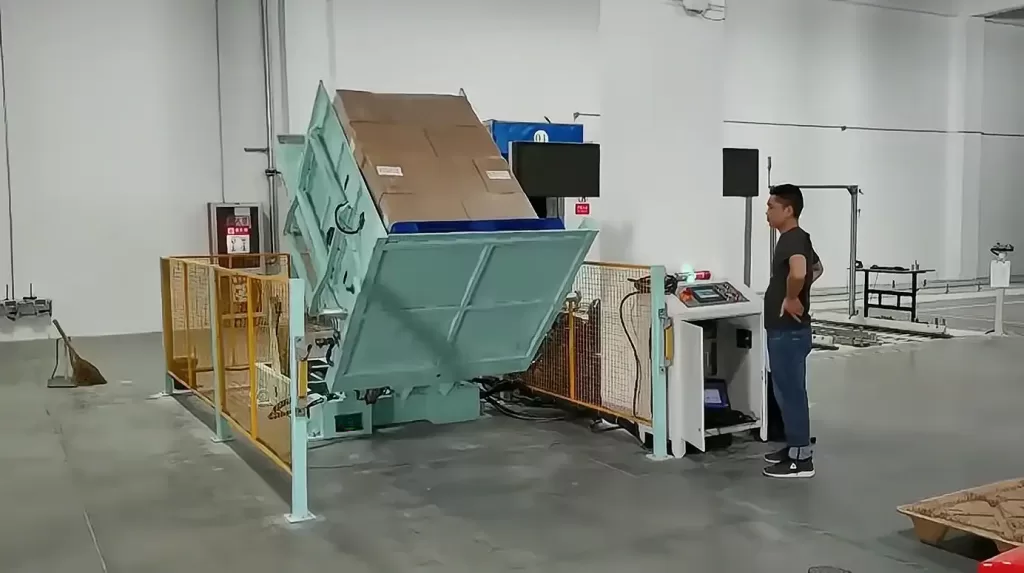
3.3. Demonstrating Commitment to Safety Standards and Compliance
Investing in automation like a pallet flipper demonstrates a tangible commitment to improving workplace safety, which can help meet or exceed industry regulations and standards, such as those outlined by the Occupational Safety and Health Administration (OSHA) regarding ergonomics.
Highlighting this aspect shows due diligence in risk mitigation, potentially reducing liability and enhancing the company's reputation as a responsible employer committed to worker well-being.
4. Highlighting Long-Term Operational Benefits
4.1. Enhancing Throughput and Production Capacity
A pallet flipping machine delivers sustained operational advantages. By automating a previously manual and often slow process, it significantly increases the speed at which loads can be handled. This directly boosts overall throughput.
This increased capacity allows the facility to handle higher volumes without proportional increases in labor or space, supporting business growth and improving the ability to meet fluctuating customer demands reliably. It makes operations more agile and scalable.
4.2. Optimizing Labor Allocation and Reducing Dependency
Automation allows for smarter use of your workforce. By taking over repetitive, physically demanding tasks, the pallet flipping machine frees up employees to focus on more complex, value-added activities that require human judgment and skill.
This shift optimizes labor allocation and reduces reliance on manual labor for bottleneck-prone tasks. In environments facing labor shortages or high turnover, automation provides operational stability and resilience.
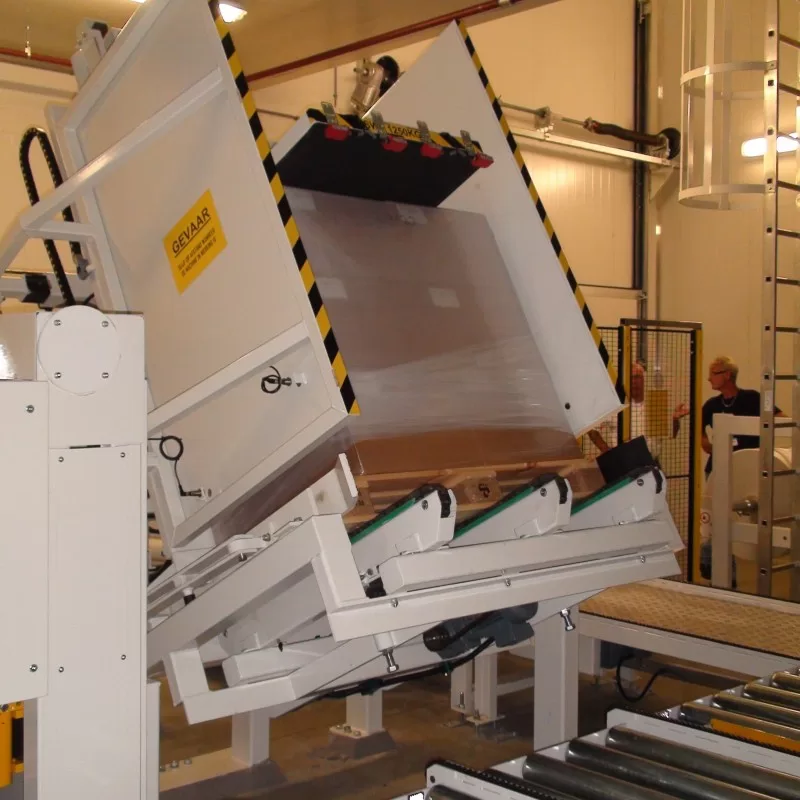
4.3. Lowering Long-Term Maintenance and Operational Costs
While there's an initial investment, pallet flipping machines are designed for industrial use and typically offer long-term reliability. Compared to the ongoing costs associated with manual labor (wages, benefits, injury claims, turnover), the machine's operational costs are often lower and more predictable.
Modern machines often feature durable construction and require standard preventative maintenance. Reduced product damage and consistent operation also contribute to lower overall operating expenses over the equipment's lifespan. Frame the purchase as a strategic investment in sustainable, cost-effective operations.
Conclusion: Securing Buy-In for a Strategic Investment
Gaining management approval for a pallet flipping machine hinges on presenting it not just as equipment, but as a strategic solution. By focusing on quantifiable data, clearly linking benefits to business objectives (efficiency, cost savings, safety, scalability), and addressing potential concerns proactively, you can build a powerful case.
A well-structured proposal demonstrates a thorough understanding of both operational needs and executive priorities. It transforms the purchase from an expense into an investment that strengthens the company’s operational foundation, improves safety culture, and positions it for future growth. By effectively communicating this value, you can build the necessary consensus and secure the buy-in for this important operational enhancement.
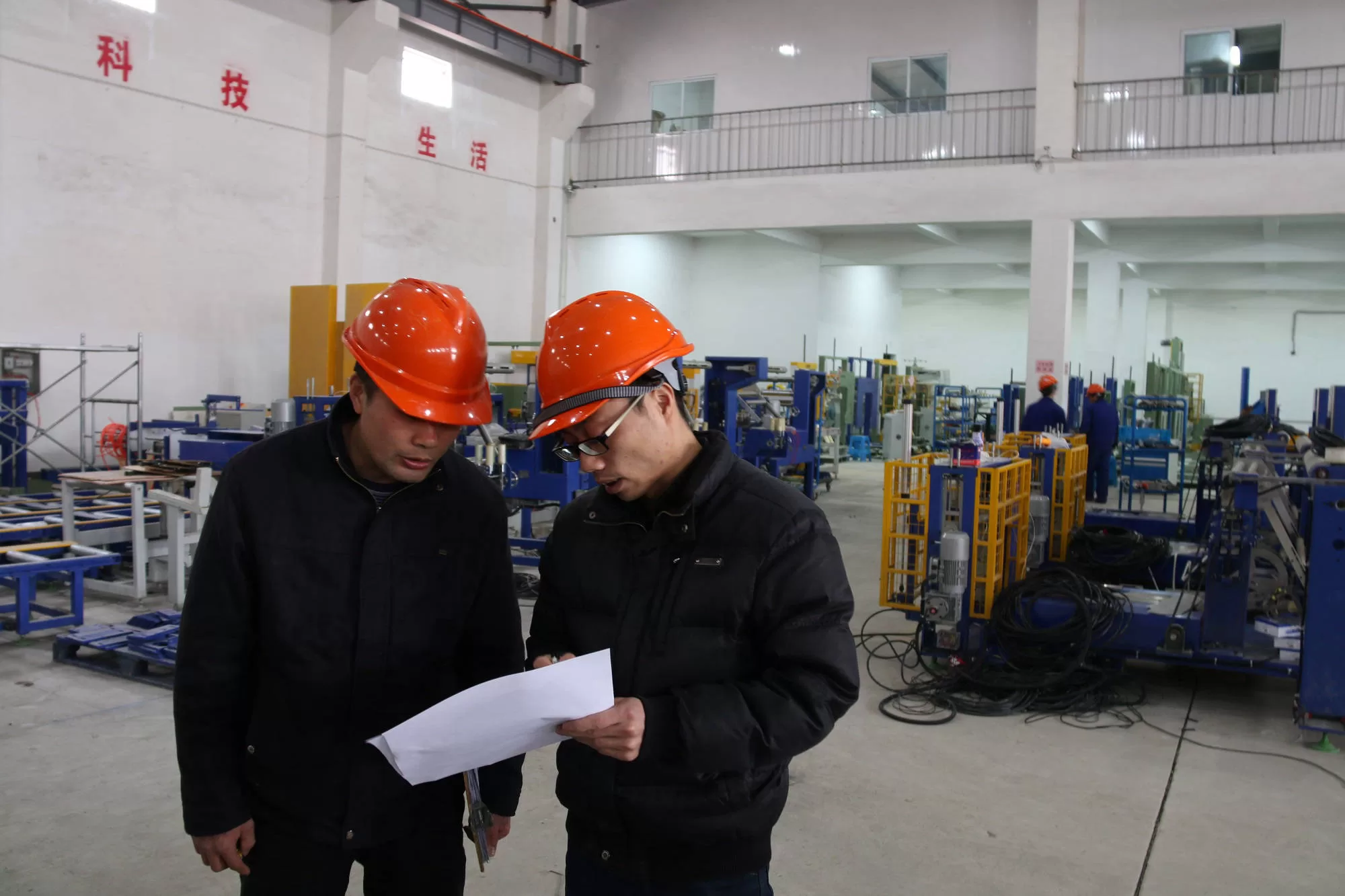
Get Your Best Solution !